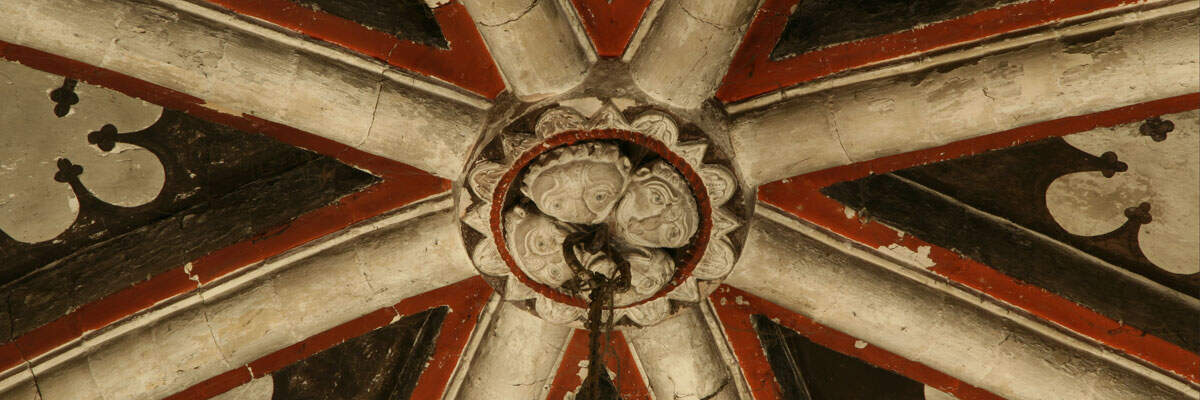The church, originally cruciform with an aisleless nave, now has chancel (with N chapel or vestry), crossing tower, N and S transepts, and nave with N and S aisles. The earliest surviving feature of the church is the S transept which has late 11th to early 12thc. splayed, round-headed windows in the E and W walls. Masonry of this date also apparently survives in the N transept. The E window of the S transept (unblocked in 1959) cuts into an even earlier, blocked, round-headed window. The crossing tower may also be of early date. The twin bell-openings of the first stage of the tower are late 11thc. or early 12thc. The top stage of the tower has Perpendicular openings, and traces of earlier, round-headed openings (two on each face) flank these. One of these openings, on the W face of the tower, has an arcuated lintel. The chancel is late 13th to early 14thc., the N aisle is 16thc. and the S aisle is modern. The tower arches and S aisle were restored in the 19thc. A carved head corbel, now in Bedford Museum, was found in 1959 when workmen were engaged on repairs to the S transept (see Bedford Museum).
Late 11th to early 12thc. sculpture is found on the bell-openings.



